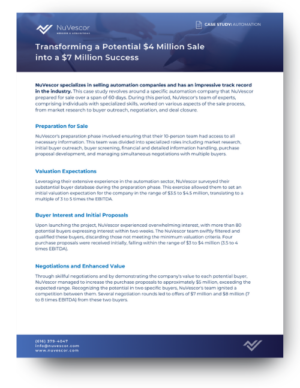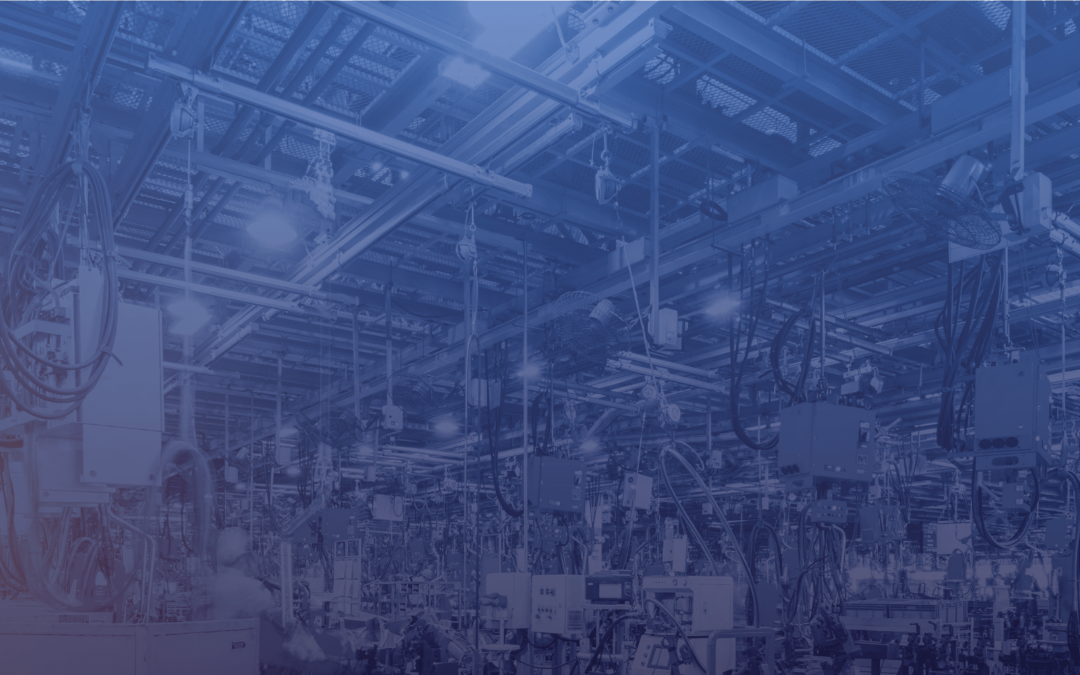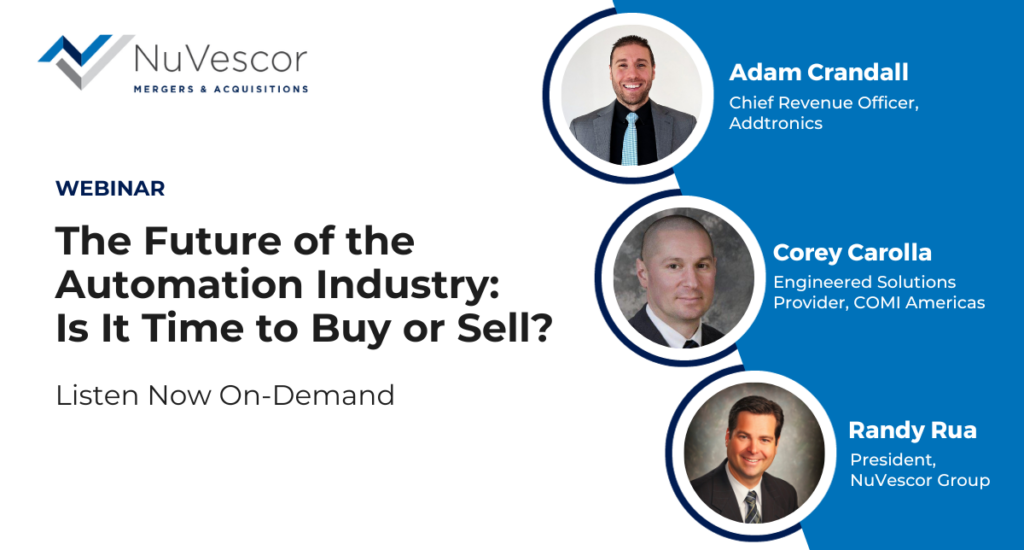
5 Tips to Help the Acquirer of Your Manufacturing Business Succeed
5 Tips to Help the Acquirer of Your Manufacturing Business Succeed
As you move toward closing the sale of your business, it can also be a very stressful time for your buyer as the reality of running a new business draws near. Here are five ways you can help your buyer feel more comfortable and transition to ownership successfully.
Hand Over the Right Information
As you approach closing, give the buyer a list of all service providers that are crucial to your business operations. These providers may be able to offer the buyer better terms for business insurance, payroll, banking, employee benefits, or 401Ks because they already have a deep understanding of the business.
Introduce the Staff
Your team trusts you and has been the backbone of your success. Introducing your team to the buyer, gives them the opportunity to ease any concerns and build trust in the new leadership.. Work out a communication plan that fosters positive interactions and allows your team and the buyer to establish a rapport.
Take Ego Out of It
It’s natural to feel attached to the business you’ve nurtured for decades. You may believe no one else can run your company quite as well as you can. You may be right. However, letting go means letting the new owner take the reins without interference.
Resist the urge to micromanage or criticize their decisions. Instead, support the buyer and encourage a positive atmosphere among your team. Encourage stakeholders to direct any questions to the new owners. Your ego has no place in a sale.
Introduce the Customers
Your loyal customer base can be a valuable asset, but you need to make sure that loyalty to the business continues even when you step back. Gradually educate customers about the sale, and be sure to communicate openly about the benefits they can expect. Let them know what’s in it for them.
Use your credibility with customers to foster trust in the new owner, assuring them that you believe in the sale. . By strategically managing this transition, you’ll safeguard the long-term survival of the business you have built.
Share Cultural Knowledge
Each business has its own unique culture. These soft elements of a company can be hard to quantify or describe, but sharing core values, traditions, and practices can help the buyer understand this vital aspect of your business. . Talk openly with the buyer about your company culture—what makes it different, what’s important to stakeholders, and why you believe your company has thrived. Then, encourage the buyer to build on that culture to grow the company further.
At NuVescor, we’ve helped many business owners navigate the exit from their business, and we’ve gleaned these tips from our years of experience. Contact us to learn more about how we can help you secure your financial future and your company’s legacy as you move to your next chapter.
This article was originally published on June 4, 2021 and newly updated on November 15, 2023.









Recent Comments